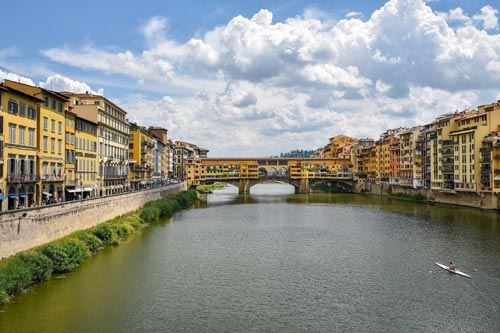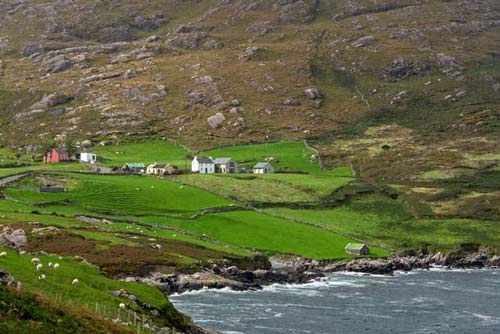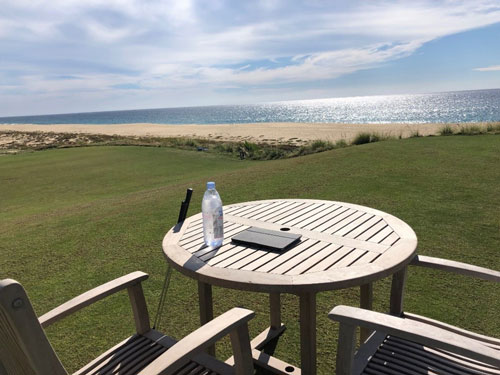We’ve got boots on the ground in Panama City…
I first scouted Panama’s capital more than 20 years ago. What I found was a place on the cusp of a transformation. In the two decades since, it’s evolved from backwater to boomtown. A new world city attracting talent and wealth from across the globe.
Panama City is now one of the most opportunity-filled places in the world to own real estate, whether for lifestyle, investment or some combination of the two. And it’s been the site of some incredible deals I’ve found for my Real Estate Trend Alert (RETA) group.
That’s why I regularly send members of my team to dig into the best opportunities there.
For the past 10 days, my scout Ciaran Madden has had boots on the ground in Panama City.
He sent me this report from the road…
Wishing you good real estate investing,

P.S. I’ve just written a new report for RETA members on Panama City’s stunning transformation and where the best opportunities are there today. This opportunity is so urgent and incredible, I wanted to share it here with you here in Overseas Dream Home as well. Click here to read this special RETA report.
The Asian Mega-City in Latin America
By Ciaran Madden
Before landing in Panama City last week, I’d never spent a single minute in this booming metropolis of 2.1 million people.
But within hours of arriving, I felt a sense of familiarity…like I understood this place and what’s about to happen here.
The reason goes back to a life-changing decision I made two decades ago…
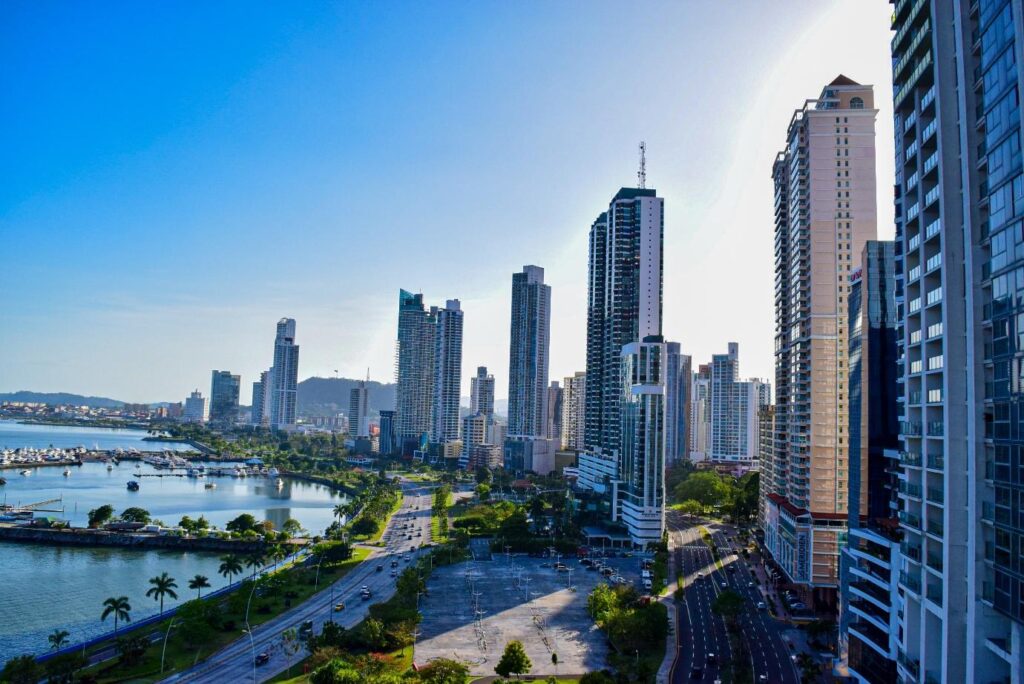
In 2003, I was a fresh-faced college graduate…bored in my first corporate job and eager for adventure.
A friend said he was moving to Taiwan to teach English and asked if I wanted to join him. Without knowing anything about Taiwan, I said yes. Three weeks later I was on a flight to Taipei.
In Taipei, Taiwan’s bustling capital, I found a world unlike any I’d previously known. Powered by its vast semiconductor wealth (Taiwan produces 70% of the world’s computer chips and more than 90% of the most advanced chips), Taiwan was, and remains, a place of constant motion.
New skyscrapers rise from the ground at mind-blowing speed. Grand infrastructure projects—new metro lines, new bullet trains, new bridges and highways—are considered a necessity, not an extravagance.
Coming from Old World Europe where change comes slowly (if at all), it felt intoxicating…like stepping into the future.
On that first flight over to Taipei, I told myself I’d stay for a year. I ended up staying for 15. I learned the language (which is Mandarin, a fact I didn’t know before going). I became a journalist and later worked in Taiwan’s Cabinet building for the Foreign Ministry.
And I got a close-up at what it’s like when a society is evolving into a globalized economic powerhouse at a dizzying pace.
Which is why Panama City felt so familiar.
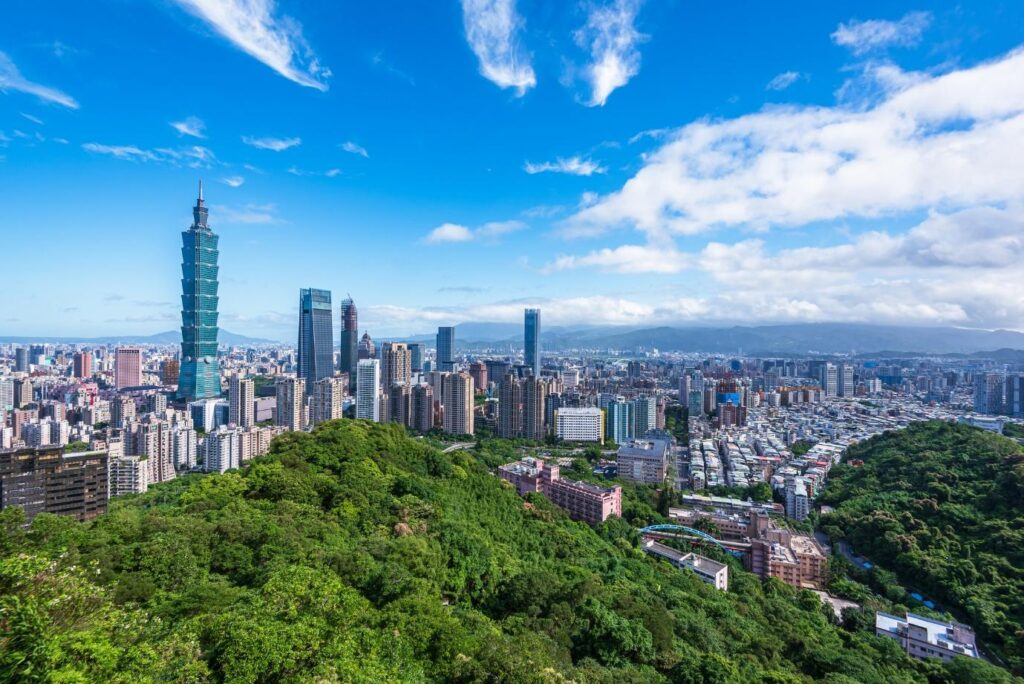
Panama doesn’t have semiconductor wealth. But it has its own deep well of wealth—the Canal.
Like semiconductors, the canal is central to our global economy. It’s one of the most important pieces of infrastructure on the planet. Around 40% of U.S. container traffic passes through the canal annually. Last year it generated $5 billion in revenue for Panama.
I went to look at it up close. Watching towering container ships being raised by the canal’s complex system of water locks is among the most impressive things I’ve ever seen.
Look at a historic book and it’ll tell you that Panama gained independence in 1903. But modern Panama really traces its roots to just 1999. That’s when the country was given control of the canal from the U.S. and all the revenues that come with that.
Since then, Panama has undergone a stunning evolution.
The canal is the foundation of modern Panama’s economic might. But it is not the only facet of Panama’s modern economy. The country has carefully built atop it. By using smart policymaking and leveraging its position as a dollarized economy and international safe haven, Panama has attracted global leaders in finance, healthcare, and other sectors.
This is a place that does not rest. It’s constantly refining its model and investing in infrastructure.
In the past decade, Panama spent billions adding a third lane to the Canal to accommodate modern, supersized cargo ships (an engineering feat to rival the original construction of the canal). It spent billions more on a metro in its capital, the only one in Central America. Yet more billions are going on a new bridge across the canal and on a new train line from Panama City up to the border with Costa Rica.
Panama City now has the biggest skyline in Latin America. It’s the world’s 25th biggest skyline, beating out LA, Miami, and Beijing to name just a few. And 45 of Panama City’s 50 tallest towers were built after 2000.
That’s an astonishing rate of development for a country of just 4.5 million people.
It’s Asian mega-city levels of development.
And when a place gets into this sort of groove, the pace rarely slow. In fact, it tends to accelerate…

In economic circles, Taiwan, Hong Kong, South Korea and Singapore are collectively known as the “Four Tigers.
As recently as the 1960s, each was ranked among the poorest places in the world. Then they each embarked on a systematic policy of economic transformation.
Taiwan and South Korea focused on mastering the process of manufacturing the world’s most complex electronics products. Singapore and Hong Kong on becoming regional centers of banking, trade and air transportation.
Today, they all rank among the world’s richest nations. And they continue to grow.
When I was touring Hong Kong and Taipei in the mid-2000s, I regularly heard from folks that the development would soon slow. That it would have to. How could it continue at that pace, they reasoned.
But the naysayers weren’t looking at the economic fundamentals. The Four Tigers had created such powerful economic foundations and made themselves so central to the global economy that steady, sustained growth had basically become baked in.
This is the path Panama is on.
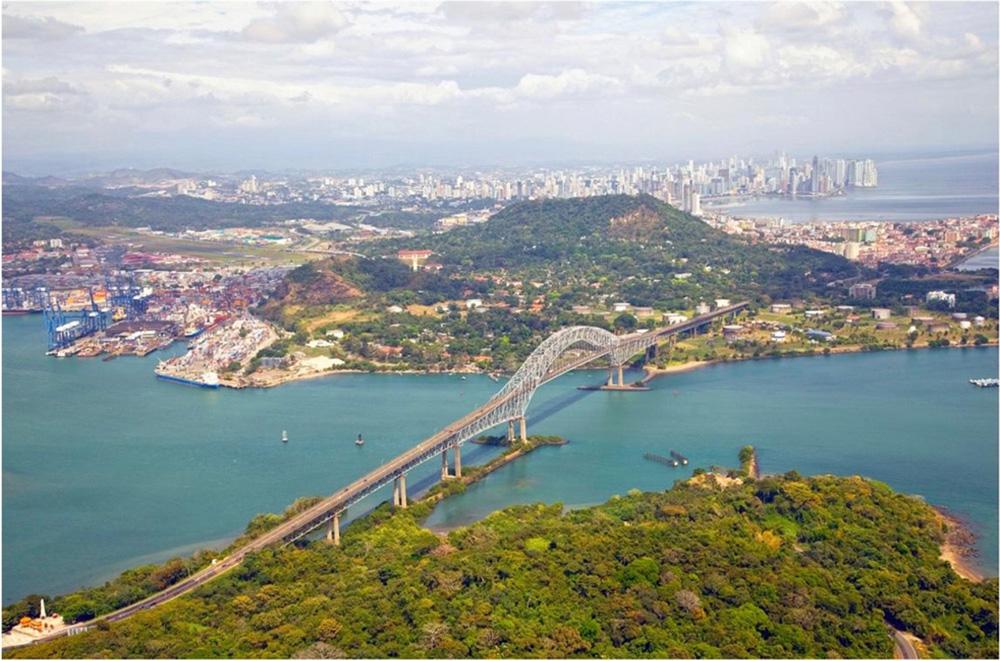
Singapore is perhaps the best analogy for Panama. Like Panama, it sits at a strategic crossroads of global trade. (An estimated 40% of world maritime trade passes through the Straits of Malacca right past Singapore.)
Singapore leveraged this strategic location by pursuing business-friendly policies and flinging open the doors to foreign talent and businesses, particularly banks. And it has turned its airport into the key hub for the region. By doing so, it’s become one of the five richest places in the world.
Panama has taken lessons from the Singapore playbook and the results are obvious…
There are times, over the past week, as my various Uber drivers wound their way through the towering skyscrapers of Panama City when I could so easily have been in downtown Singapore or Hong Kong or Taipei.
And it was impossible, while touring Ocean Reef islands in the Bay of Panama, not to think of the Palms in Dubai—another Asian mega-city with a remarkable growth story.
Ten days of scouting here and I’m convinced.
Convinced of Panama’s potential.
Convinced that its best days are still years or decades ahead.
Everything in my long experience of living in an Asian mega-city tells me so.
Which brings me to one of the biggest regrets of my life…
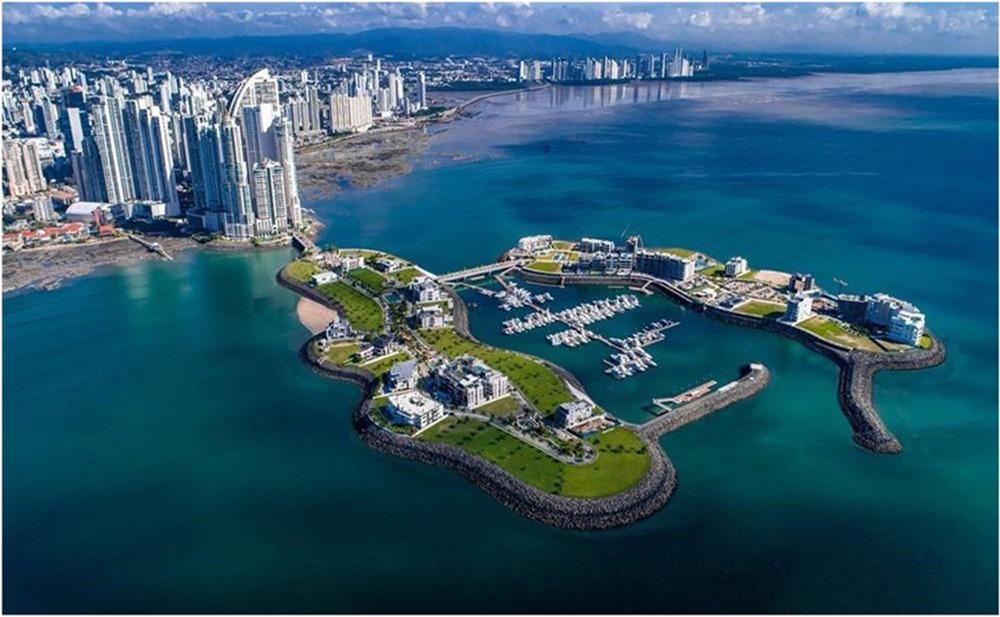
A few years after I landed in Taiwan in the mid-2000s, I was considering investing in the local real estate market, so I went to view a preconstruction apartment project in a new master-planned area of Taipei’s suburbs aimed at the middle class. The price for a brand-new, small two-bed condo was around $124,000
I balked.
I was young and anxious. The pricing was substantially higher than resale prices nearby. Plus, I reasoned, prices had already increased so much in the prior few years that they couldn’t keep rising. The market would have to cool.
Except it didn’t.
Taiwan and its capital were on a growth trajectory. They still are. Last year, Taiwan grew 4.6%, a huge jump for an advanced economy.
And that apartment I turned down…today they list at resale for around $369,000.
If I’d started investing in Taipei real estate, I’d have earned a small fortune.
Panama is earlier in its growth trajectory than Hong Kong or Taipei or Singapore. But for real estate investors that’s a very good thing.
The room for growth here is incredible.
I’m a Panama believer.
More to come tomorrow…
RONAN SAYS: When you consider all Panama has achieved in the past 20 years, it’s impossible not to be bullish on its future. This city is on an incredible growth trajectory.
My RETA club has been ahead of this transformation with a host of incredible deals. A few snapshots…
- In October 2020, I brought RETA members a deal to own two-bed, two-and-a-half condos in Ocean House in the Santa Maria master-planned community from $238,200. A similar condo recently listed for $375,000. That’s $136,800 more.
- In June 2024 RETA members were able to buy penthouses in Ipanema for $632,200. Ipanema is set to be a landmark community rich in amenities on the city’s last prime waterfront site. In August 2024, the developer sold the exact same penthouses albeit in a different tower for $732,150. That’s an uplift of $99,950 in less than three months!
Now I’m about to bring members a new deal here in one of the most exclusive communities in Panama City, that I believe will see those who act with gains of $293,000 five years after delivery. Learn more about Panama’s growth and this upcoming deal in this special RETA report.
But to get access to the deal, you need to be a RETA member. Learn how you can join here now.
